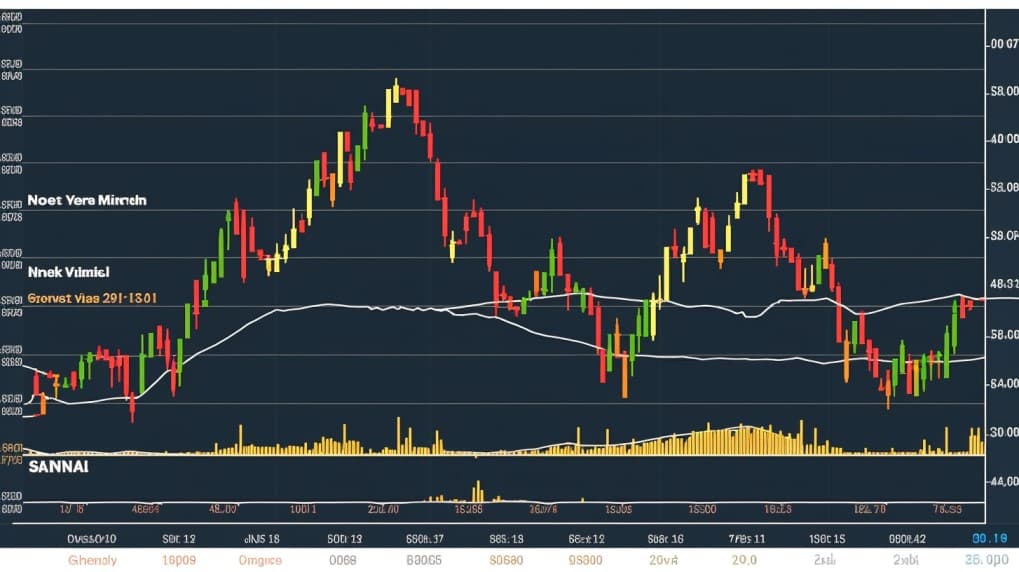
What is the LEMB ETF?
LEMB ETF: Overview
When it comes to diversifying your investment portfolio, exchange-traded funds (ETFs) offer an excellent avenue to achieve that goal. One such ETF that has been gaining attention is the LEMB ETF. But what exactly is the LEMB ETF, and how does it fit into the world of financial instruments? In this article, we'll dive deep into the LEMB ETF, its underlying index, investment strategy, and more.
LEMB ETF: Tracking Emerging Market Sovereign Bonds
The LEMB ETF, short for the Local Currency Emerging Markets Bond ETF, is designed to track the performance of the J.P. Morgan GBI-EM Global Diversified 15% Cap 4.5% Floor Index, commonly known as the "Underlying Index." This index focuses on the local currency-denominated sovereign bond markets of emerging market countries. In simple terms, it provides exposure to bonds issued by governments in developing economies.
The Underlying Index, composed of bonds from countries like Brazil, Chile, China, Colombia, and many others, is constructed based on specific criteria. These criteria include issue size, bond type, maturity, and liquidity. JPMorgan Chase & Co., the Index Provider, ensures that eligible countries meet certain income and credit rating thresholds. Furthermore, individual country weights are capped at 15% and floored at 4.5% to maintain diversification and balance.
 LEMB overlap What is the LEMB ETF?
LEMB overlap What is the LEMB ETF?
LEMB ETF: Passive Investment Strategy
One of the key features of the LEMB ETF is its passive investment strategy. Unlike actively managed funds, which aim to outperform the market, the LEMB ETF follows an indexing approach. This means that it seeks to replicate the performance of its underlying index, rather than trying to beat it. The passive strategy reduces the risks associated with poor security selection and aims to provide better after-tax performance while keeping costs low.
To achieve its investment objective, the LEMB ETF utilizes a representative sampling indexing strategy. This involves investing in a selection of securities that collectively mirror the characteristics of the Underlying Index. While it may not hold all the securities in the index, the chosen securities aim to maintain a similar investment profile, fundamental characteristics, and liquidity measures.
LEMB ETF: Portfolio Composition and Investment Approach
The LEMB ETF invests at least 80% of its assets in the component securities of the Underlying Index. It also puts at least 90% of its assets into fixed income securities that align with the types included in the Underlying Index. Additionally, the ETF can allocate up to 10% of its assets to futures, options, swaps contracts, and other fixed income securities that help it track the Underlying Index. It's important to note that the LEMB ETF does not provide investment advisory .services. Its goal is to replicate the performance of the Underlying Index before considering fees and expenses.
Conclusion
In conclusion, the LEMB ETF offers investors exposure to the emerging market sovereign bond markets through a passive investment strategy. By tracking the J.P. Morgan GBI-EM Global Diversified 15% Cap 4.5% Floor Index, the ETF aims to provide diversification and potentially reduce some of the risks associated with active management. However, like all investments, it's essential to conduct thorough research and consider your own financial goals before making any investment decisions.
Disclaimer: This article is for informational purposes only and does not provide investment advisory services.
As the financial landscape continues to evolve, the LEMB ETF stands as a potential tool for investors looking to broaden their portfolios and explore opportunities in emerging market bonds.
LEMB ETF issuer
LEMB ETF official page
LEMB quote and analysis
Discover the top holdings, correlations, and overlaps of ETFs using our visualization tool.
Our app allows you to build and track your portfolio.
To learn more about the LEMB iShares J.P. Morgan EM Local Currency Bond ETF, access our dedicated page now.
FAQ
What is the LEMB ETF?
LEMB ETF, is an exchange-traded fund that provides investors with exposure to companies operating in the relevant sector.
What is the underlying index that the LEMB ETF aims to track?
LEMB ETF aims to track the performance of a specific index, which includes companies involved in various aspects of the relevant industry.
What types of companies are included in the LEMB ETF?
LEMB ETF includes companies from the relevant industry, which may consist of specialized firms, equipment manufacturers, and other related entities.
How does the LEMB ETF work?
LEMB ETF functions by pooling investors' capital to purchase a diversified portfolio of related stocks, aiming to replicate the performance of the underlying index.
What are the advantages of investing in the LEMB ETF?
Investing in the LEMB ETF offers exposure to a specialized sector with potential for growth and innovation. It allows investors to diversify within the industry, which could experience significant advancements and expansion in the future.